
Home / Assortment / Painting
Having painting as a hobby is wonderfully relaxing for both adults and children.
In our range you will find high quality paint and paint supplies from brands including DecoArt, JoSonja's, Viva Decor, Pébéo, Collall and Creall.
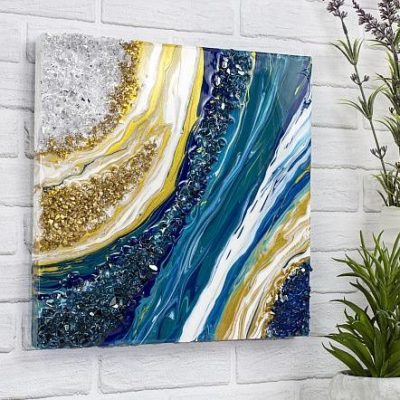
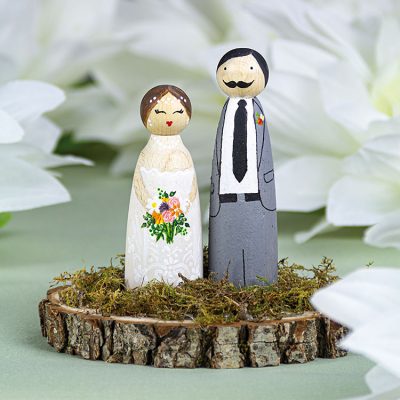
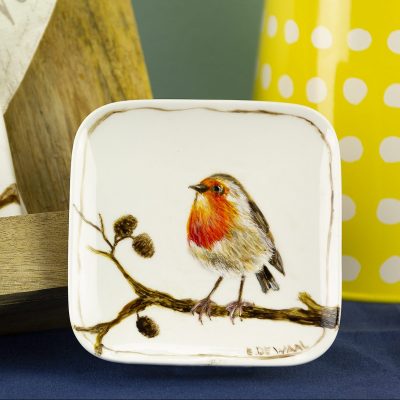
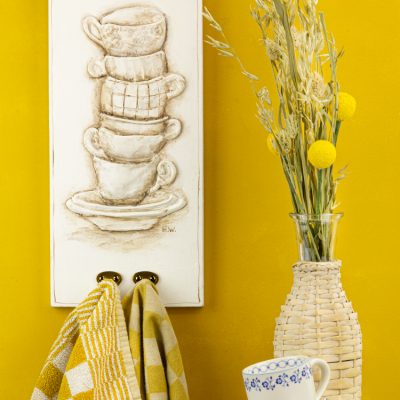
Our painter assortment consists of several well-known brands.
Click on a brand and find out what this brand has to offer.
We offer a range of DIY ideas, step-by-step instructions and videos.
In support of our hobby products.
You can use these ideas for inspiration for your own workshop.
Or, for example, to support your assortment. Tip: Inspire each other and forward creative ideas to your customers!
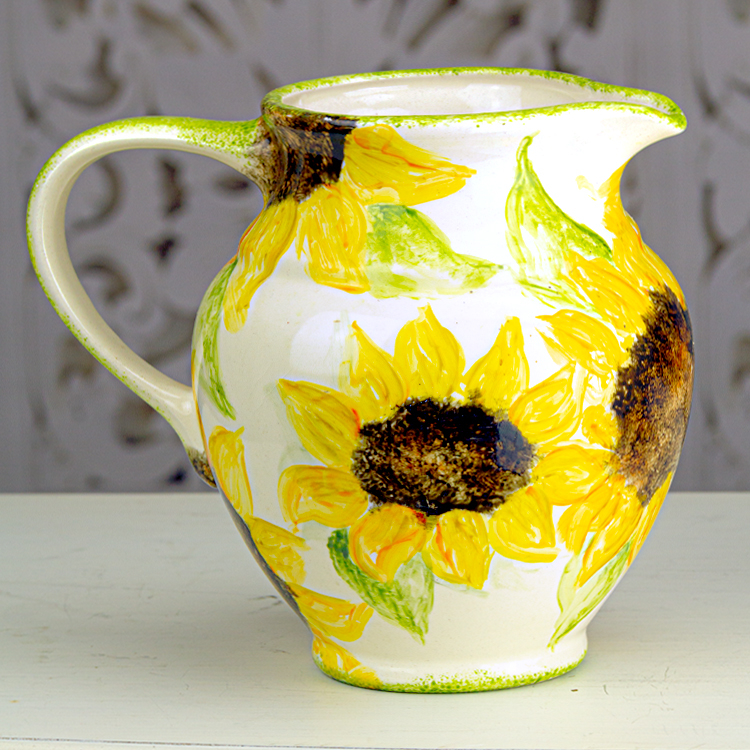
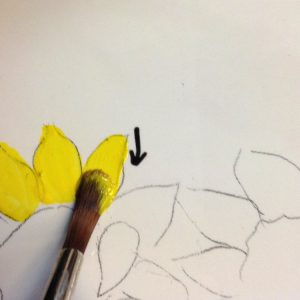
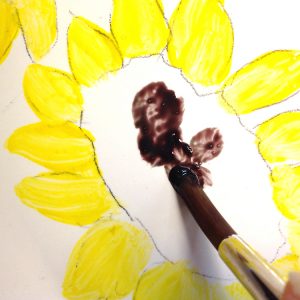
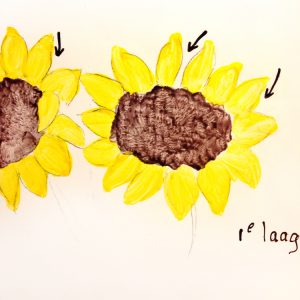
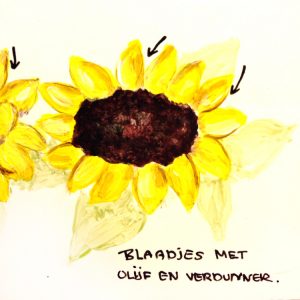
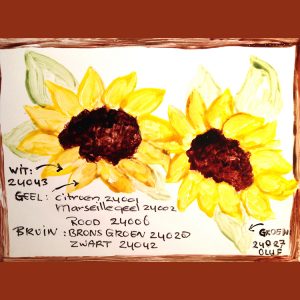
Painting is a very relaxing hobby but it can sometimes be exciting to start. Our tip is not to start on a white canvas but by painting a background first. This can be in one color or an abstract background of several shades. Acrylic paint is a suitable paint for beginners. This paint dries quickly, is easy to mix and (should you be completely dissatisfied) is also easy to paint over.
Returning to the question, "What to paint as a beginner?"
As a beginner, it is best to paint something after the fact. This can be a still life or a photograph. After all, painting is mainly about watching carefully. Which parts are light and which parts are dark? In this way you build up your painting.
For example, you can paint flowers, faces, animals, a landscape or a child. Or from a theme, paint for Christmas, for example.
There are many different styles of painting. For example, you can paint realistically or abstractly. To see which painting style suits you, it is best to try as much as possible. You can take a painting course or look for painting tutorials on Youtube. We also offer creative inspiration from time to time, here we show painting ideas.
Acrylic paint is a good paint for beginners. We also offer a beginner's set of small tubes of paint of most paints. This way you can try out the paint first before buying large tubes.
Should watercolor painting be more your style, watercolors (watercolors) are also very suitable for beginners. Within our assortment you can also find several watercolor (watercolor/aquarelle) sets. Also handy to take with you!
Before you start painting, it is useful to mix colors on your palette. The colors on your palette will already give you an idea of your painting. Take your time when mixing colors, because a good start is half the battle. If you are just beginning to paint, buy the primary colors first. With these colors you can mix almost any color.
Red, yellow and blue are primary colors. With these primary colors you can mix almost any color. In combination with white and black, you can make the color lighter or darker.
When you mix two primary colors a secondary color is created. In the color circle below, the colors green, orange and purple are secondary colors. Because orange paint is made by mixing yellow and red. Purple paint is made by mixing blue and red. And green paint is made by mixing blue and yellow.
A tertiary color is created when you mix three different colors together.
Complementary colors are colors that are opposite each other in the color wheel. For example, orange is the complementary color of blue. Complementary colors reinforce each other. This technique is used by many painters. For example, to get the perfect color for shadow, you create this by adding a little bit of the complementary color to your color.
The left half of the color circle contains cool colors such as: purple, purple-blue, blue, blue-green, green and yellow-green.
The right half of the color circle features the warm colors including: yellow, yellow-orange, orange, red-orange, red and red-purple.
Print out the blank color circle and paint it just like Johannes Itten's color circle. Use only the primary colors: yellow, red and blue.

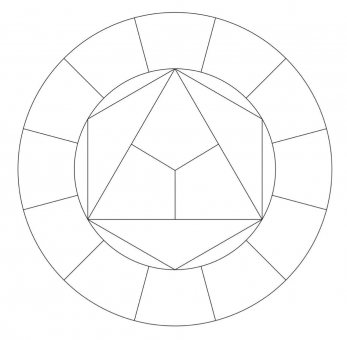
When you want to start painting with acrylic paint, you need a number of painting supplies.
Acrylic paints are water-based and mix well with water. Water is not necessarily necessary with acrylic paint; you can also use it without a medium. However, you can thin the paint with water or a special medium.
Almost any surface is suitable for acrylic paint. Most commonly used are canvases made of canvas or linen. Painting with acrylic paint on glass or other surfaces is also possible, but the surface must be free of grease and clean. It often helps to treat the ground with gesso first.
Gesso is a primer that you apply to the ground before painting with acrylic paint. Gesso is a layer between the ground and the paint that ensures that the acrylic paint does not soak into the ground or repel it. Gesso ensures that the acrylic paint covers well and the color remains clear.
Acrylic paint is a relatively inexpensive type of paint compared to oil paint, for example. However, there is a big difference in quality within acrylic paint. In our assortment there are different types of acrylic paint ranging from good acrylic paint to the best acrylic paint. The more pigment an acrylic paint contains, the better it covers. Acrylic paints from Jo Sonja's contains a lot of pigment, for example. The hobby paint brands DecoArt, Viva Decor, Studio Light, Pébéo and Stafil all offer beautiful acrylic paints.
When you brushes with acrylic paint, they dry up very hard and are actually impossible to clean. So it is important to immediately rinse your brushes with water after painting with acrylic paint. Then dry them with, for example, kitchen paper. It is best to let your brushes dry lying down, this way your bristles will not deform and water will not run into the ferrule. In our assortment we have different roller cases of Faber Castell To store not only pencils but also your brushes.
Tip: Are the brush hairs still deformed? Then bring them into shape with a little hand cream or hand soap. Leave them for a while and then rinse out the cream or soap again. The bristles are like new again!
You need an account to view our entire assortment in our webshop.
Sign up without obligation using the yellow button below. We refer consumers to our points of sale.
Our team offers professional support in your own language
You can order as little as 1 piece
Order carefully packed and shipped within 24 hours *